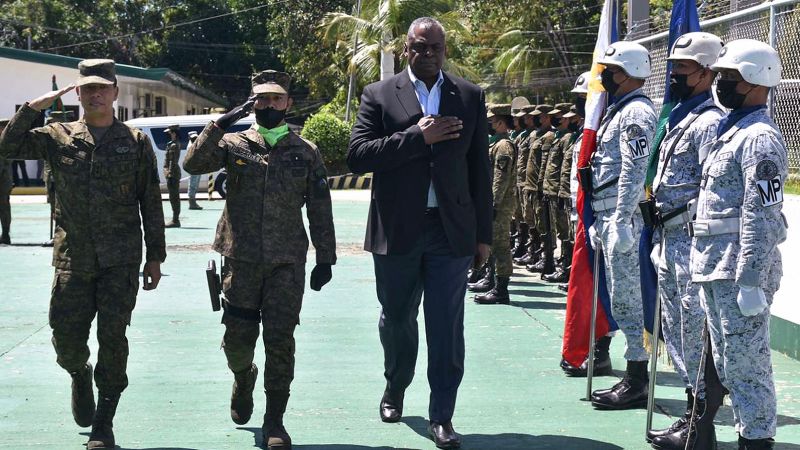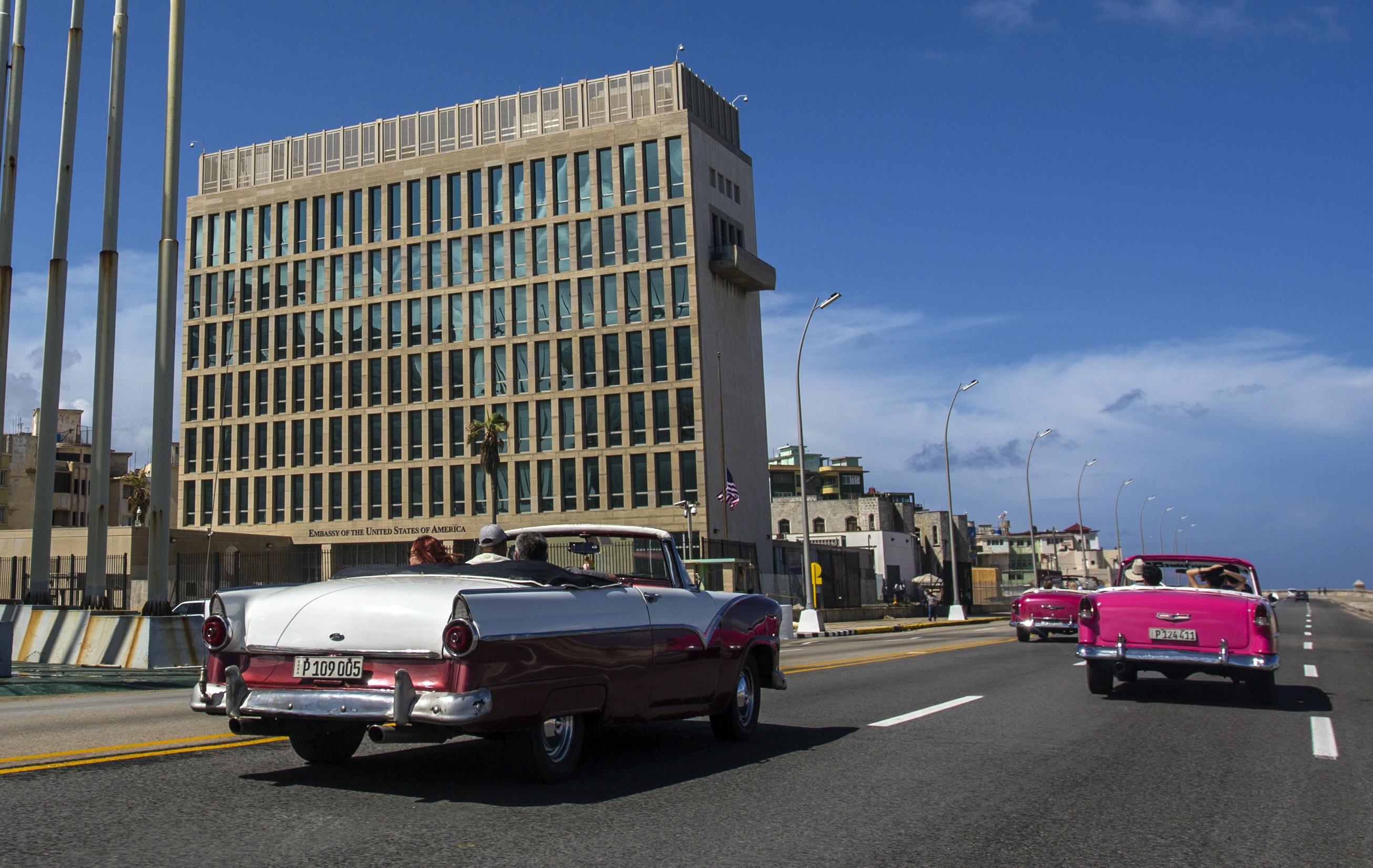أثناء جلوسي في محادثة غير رسمية مع صديقي القديم وزميلي أليزار سيديو ، كان لدي سؤال مهم في ذهني. على الرغم من أربعة عقود من القيود – وباء عالمي مع ضربات لا هوادة فيها في المجالات الثقافية – هل ما زالت تشارك في الفنون؟
داخل شقتها الصغيرة الثقيلة ، تحدثت مع أليزا وهي ترتشف قهوة أرابيكا في وعاء القهوة. تشاركنا ثلاثة عقود من الصداقة والتقينا عندما ظهرت أليزار لأول مرة في عام 1991 ال بوابة القمر الأداء ، أول عمل مسرحي لمسرح طاقةو شارك في تأسيس الشركة العربية الأسترالية للأداء المعاصر.
في عام 2014 ، تم إنشاء مشروعنا الأخير مع استوديو المسرح العربي ميسا علم الدين. في ذلك العام ، كجزء من حدث Close Encounters ، قمنا بإعداد أمسية إبداعية صغيرة جهاز التحكمبالتعاون مع City Theatre Projects (UTP) ومركز Bangstown للفنون و Bankstown Youth Development Service.
الآن ، بعد سبع سنوات ، بينما نشرب القهوة ، سألت أليس:
لقد كنت تعمل منذ 40 عامًا ولا تزال لديك الطاقة للاستمرار. لماذا تستمر؟
كيف ولماذا أستمر يتعلق بالهوية
إحساس عميق بالرغبة في التغيير الاجتماعي والثقافي والسياسي ، وتحسين نوعية الحياة والعمل من أجل العدالة.
لا يريد النشطاء السياسيون القدامى تغيير العمل الثقافي. أعتقد أن جوهر سبب استمرارنا (هو) دائمًا رؤية. أنا لا أتحدث عن الوظائف. أنا لا أتحدث عن الدخل. هناك دائمًا أمل في إنشاء أرض جديدة ، وفتح آفاق جديدة ، وفي نفس الوقت ، شعور قوي بالحاجة إلى البدء من جديد.
أليزار ، الذي شارك في المسرح المجتمعي لأكثر من 40 عامًا ، ينظر إلى ممارسته من عدة زوايا: فنان وكاتب ومنتج ومخرج وقائد ورشة عمل. لسوء الحظ ، بحلول عام 2021 ، سيكون المسرح المجتمعي في أزمة إلى حد ما مع نقص التمويل ومساحات التدريب والأداء المحدودة وتأثيرات العصر الرقمي والانخفاض الحاد في أعداد المجموعات.
لكن أليزار يعتقد أن ما يعرف بالمسرح سيتغير كل بضعة أجيال.
سيبقي بعض أبناء جيلنا المسرح ضمن تعريفه الرسمي والتقليدي. لكن بالنسبة لي ، يتغير معنى الكلمة اعتمادًا على كيفية تنفيذها أو العيش فيها ، وكيفية إنشائها.
الأداء المسرحي ، لجيلين الآن ، هو الوسائط المتعددة. لا يزال الناس يقودون الوسائط المتعددة ، حيث يوجد الآن المزيد لنقوله عن أجسادنا وقصصنا.
أود أن أقترح أن العديد من الفنانين في عصرنا يميلون إلى مقاومة التغيير ، لكننا ندرك تمامًا أنه أمر لا مفر منه. يقرر هؤلاء الفنانون التصرف عاطفيًا بنفس الطريقة ويخشون مغادرة مناطق الراحة الخاصة بهم.
على الرغم من أن بعض الأشكال قد تغيرت ، إلا أنني لن أقول إن المسرح أو الأداء قد تراجع ، كما يشير أليسار. أي أنه في الثمانينيات والتسعينيات ، كان هناك جدال متسق ورتيب حول المسرح المجتمعي أو الفن والمسرح الحقيقي أو الفن.
على مر السنين ، حولت أنشطة أليزار حجته بشكل فعال من الاحتجاج والمسيرات في الشوارع إلى المشاركة المجتمعية والثقافية. تشمل هذه البطولة شراكات مع مؤسسات حكومية ومؤسسات ثقافية ، بحيث تستفيد المجتمعات من هذه الموارد وتستخدمها لخلق عمل عالي الجودة. تشمل الأمثلة الناجحة تفوح ومعرض متحف باورهاوس ، واتين.
تشرح تفوح! إنه مثل البصق على شخص ما باللغة العربية ، وقد وُلد المعرض نتيجة تجاوبه الفني العميق مع حرب لبنان عام 2006.
في بعض الأحيان ، عندما تكون حزينًا ومكتئبًا ، يمكنك أن تجد القوة في الجمع والإبداع والتحدث. في ذلك الوقت ، كنت (عاملة تنمية فنية وثقافية) أعمل مع ماونا جيلا ، وقمنا معًا بدعوة الفنانين للعمل معًا. لا يتم علاجه. تم قبول كل من أراد عرض العمل.
قام خمسة وأربعون فنانًا عربيًا أستراليًا بإنتاج أعمالهم في فترة زمنية قصيرة وكانوا صاخبين وغاضبين ومقاومين ومقاومين ، ولم يأخذوا إلا من الداخل. [the former Mori Gallery in Darling Harbour but also outside, She recalls.
One display outside the gallery included artists stacking hundreds and hundreds of body bags in streets across Sydney’s CBD, “not only to attract public or media attention (but) also as an expression of grief and solidarity,
Alissar views her other major, long-running project Wattan (1998-2004), as a different kind of activism. Here she stepped into a new, unexplored partnership with a state cultural institution like the Powerhouse Museum. Until Wattan, there was very little documentation or representation of Arab-Australian communities, their histories and their heritage.
It was a vision of working with the community and cultural heritage and redefining what we mean by this, operating within the establishment and using their resources. They are public institutions—our taxes pay for those institutions.
Most citizens that pay those taxes don’t feel a sense of ownership in those spaces, and that was a radical kind of shift, where audiences in big numbers came to events, workshops and exhibitions and felt a sense of ownership within the spaces inside and outside the museum.
Alissar recalls one Wattan scheme designed with TV presenter Patrick Abboud, where young people, hotted-up cars and audio stories displayed for a whole weekend. She also worked across an oral histories outline and a landmark national forum in 2001 that focused on the representation and documentation of the heritage of Arabic-speaking Australians.
We were controversial because taking up space and having our images and stories within state-owned cultural institutions; there’s sometimes a control of the narrative coming from outside,” “I’m not being conspiratorial (but) I saw the reality of what censorship can mean.
When a major Wattan exhibition in 2003 was indeed censored, Alissar reflected on a phrase penned by Edward Said who, incidentally, died the same year.
As if we can have the permission to narrate. As if we can have that right taken from us.” As a community artist, she was trying to bring critical dialogue into the public spaces inside and outside the Museum but found herself “in a tricky situation.
I kept working at least six years with the department I was working with and the partners we had built. (But) every six months, every year, there’d be a different kind of program until state and government funding was completely cut back. Whether it was political decisions, I don’t know.
Wattan culminated in January 2005 with the Powerhouse Museum’s Beirut to Baghdad exhibition in the Australian Communities gallery. There is now a visual archive of Alissar’s work in the Museum.
All those programs were about effectively working on transferring genuine community and cultural engagement and active community partnership within a state, cultural institution and for us to benefit from and use those resources to create high-quality work.
That was a very significant period. So, it doesn’t matter whether I work on small, intimate things or they lead to bigger things. It’s always about creating a space for that critical dialogue and that change.
To this day, Alissar keeps a notebook and writes things down on paper, a tendency to keep things as evidence or memory. So documentation was a goal for her when the two of us, alongside performance artist Maissa Alameddine, established Arab Theatre Studio. The Studio is an active programmer of events and performances in Western Sydney, developing theatre work and encouraging and supporting other disciplines, including poetry, visual art, and music. Arab Theatre Studio aims to have critical conversations and creative spaces for Arab-Australian artists to network, collaborate and produce contemporary work.
With Arab Theatre Studio’s growth, Alissar’s documentation has become critical. Maybe holding and saving things is a part of documenting an unpredictable path and life. I have a lot of paper, and I have things on audio cassettes. I have things on VHS, I have things on discs we can’t even read anymore. So why do I keep them? I can’t throw them out.
By the late 90s and early 2000s, I started seeing value in documenting. I focused on holding onto any kind of ephemeral material that came out of Arab-Australian contemporary work.
Alissar’s affinity for transience harkens back to her community theatre origins.
Theatre is not like when you write a book; you have a book. The very nature of theatre is this alchemy, this combination of live presence—the voice, the body, the breath, the lighting, space, the audience relationship. It cannot ever be documented as in a real sense
I’ve always been on the edge; I’ve never been part of mainstream Arab cultural community work. I’m drawn to organic storytelling. However, I want to keep things. I want to hold onto something. That’s a bit of a beautiful contradiction I have.
The interview with Alissar Chidiac and the writing of this profile was conducted on the unceded lands of the Burramattagal of the Dharug Nation.
This interview is from Diversity Arts Australia‘s Pacesetters Creative Archives project. Support for Stage 1 is from Create NSW.
Article written by Saleh Saqqaf







/cloudfront-us-east-2.images.arcpublishing.com/reuters/6N4HEO75CBNH3NFWRKCYE2COXM.jpg)

